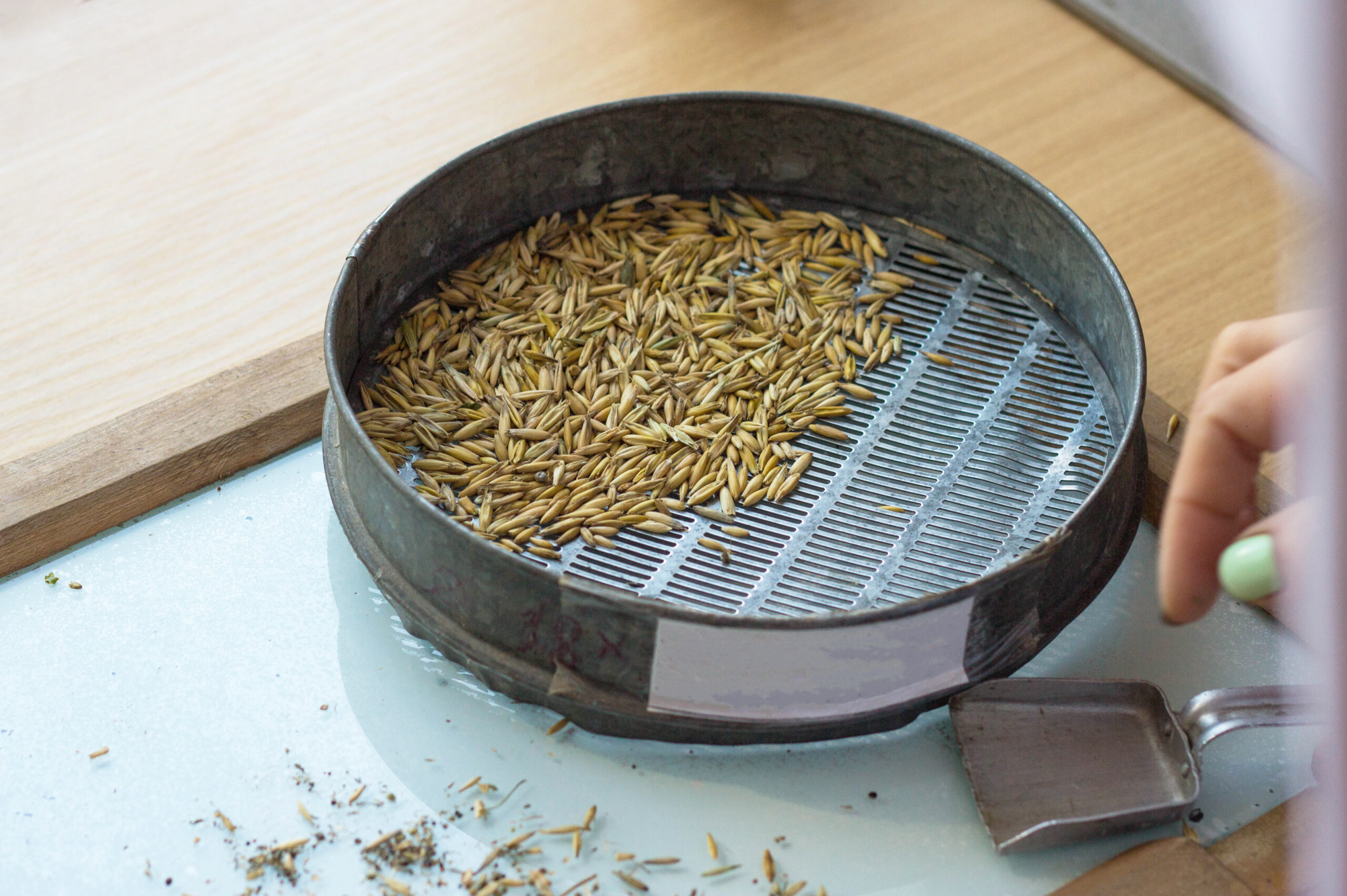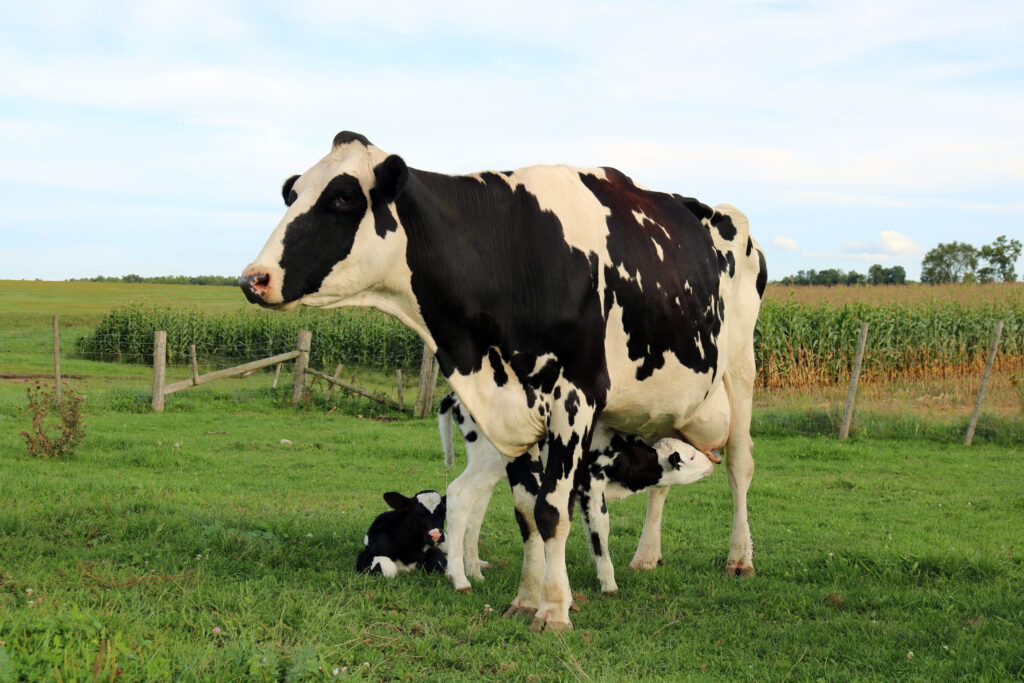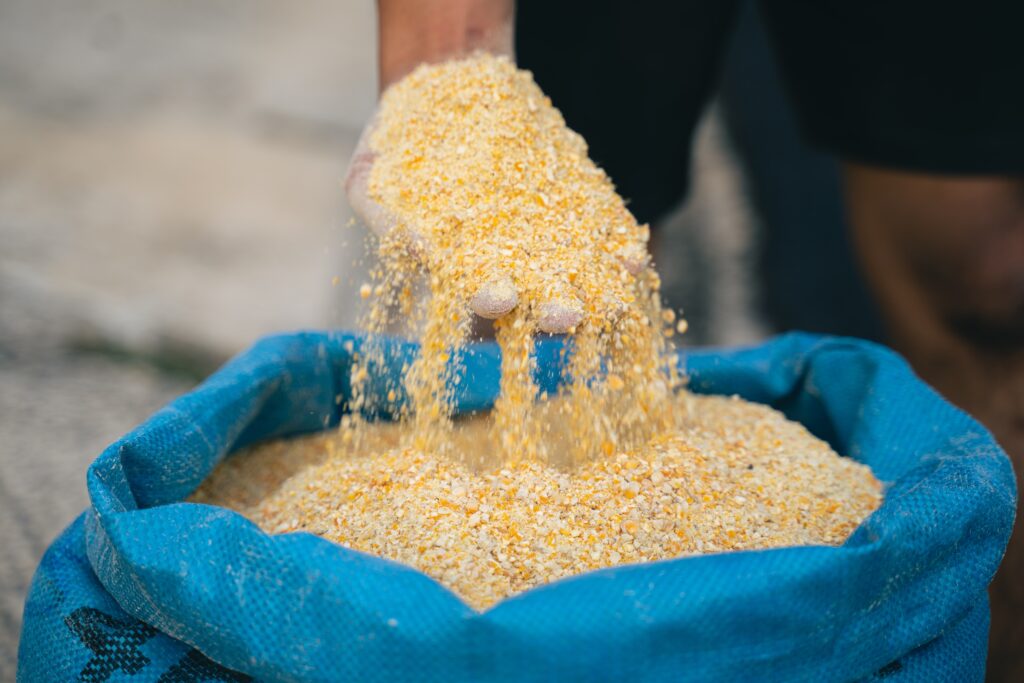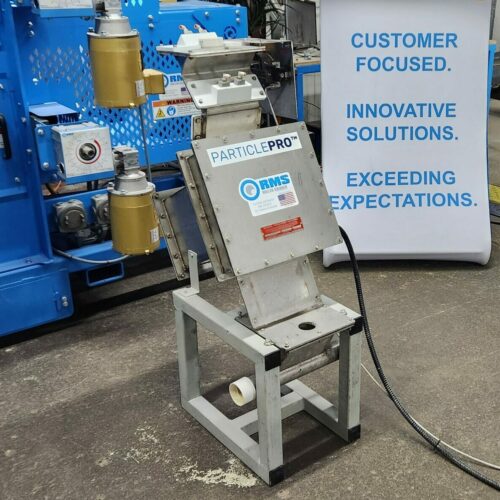
Grain Particle Size and Feed Efficiency
Farmers and agri-business owners may be losing money by settling for old methods of particle size analysis when it comes to optimizing their grain processing. Many of these outdated grain size analysis methods—such as mechanical sieve shakers and sedimentation techniques—can lead to inaccurate results and misclassification of actual grain sizes.
 However, particle size still plays a crucial role in feed efficiency and overall animal health.
However, particle size still plays a crucial role in feed efficiency and overall animal health.
The size distribution of particles in grain affects digestion, nutrient utilization, and feed conversion efficiency.
When grains are not adequately classified, animals may struggle to consume and digest them efficiently.
This can lead to reduced feed efficiency and lower productivity.
How Modern Grain Size Analysis Can Save You Money
Modern grain size analysis methods can provide better and more detailed information on the size range, particle size distributions, and individual particle characteristics. By using advanced technology and analyzing grain size more precisely, farmers can make more informed decisions about feed formulation and ensure optimal feed efficiency.
Investing in grain size analysis can result in significant longer-term cost savings. By optimizing particle size distribution, farmers can improve feed utilization, reduce feed waste, and enhance animal performance. Also, the ability to determine the clay fraction and particle density of grain can provide valuable insights into its nutritional composition and suitability for specific livestock.
In today’s competitive agricultural landscape, settling for “good enough” in grain particle size analysis is no longer sufficient. Adopting modern methods and staying up-to-date with the latest advancements in grain size analysis can ultimately lead to increased profitability and improved overall feed efficiency.
How to Read a Sieve Analysis
Conducting a particle size analysis doesn’t provide much benefit in and of itself. You also must understand how to read, process, and apply the results from those tests. A sieve analysis, for example, provides valuable information about the grain size distribution of agricultural products, which can substantially enhance feed efficiency. By understanding how to read a sieve analysis, farmers and agri-business owners can make informed decisions regarding feed formulation.
 When examining the results of a sieve analysis, the size range of the particles is the top factor to consider.
When examining the results of a sieve analysis, the size range of the particles is the top factor to consider.
It is represented by the different size classes, such as coarse, medium, and fine.
This information helps determine the suitability of the agricultural product for specific animal diets.
Additionally, the cumulative weight percentages retained on each sieve provide insights into the distribution of particle sizes. By analyzing the grain size distribution curve, farmers can identify the predominant particle sizes, and adjust their feed ingredients accordingly. This allows for more precise control of nutrient availability, and can contribute to optimal animal health and performance.
Moreover, the results of a sieve analysis help evaluate the uniformity of the grain size distribution. Uniform particle size distribution ensures consistent feed quality and prevents issues such as sorting and selectivity by animals.
Common Sieve Tests for Grain Size Analysis
To accurately determine the grain size distribution of agricultural products, many farmers and agri-business owners rely on widely used sieve tests. These grain size analysis methods utilize mechanical sieve shakers to separate particles based on size, providing valuable insights for feed formulation and animal health.
- The 3 Screen Sieve Test is a commonly used method involving three different mesh sizes to separate particles. This test provides a general overview of the grain size distribution, categorizing particles into three size classes: coarse, medium, and fine. It is a quick and cost-effective method to assess the overall particle size range.
- The 13 Screen Sieve Test utilizes a series of 13 different-sized mesh screens to separate particles into multiple size fractions. By examining the cumulative weight percentages retained on each screen, farmers can obtain a more precise grain size distribution curve, allowing for more accurate feed decisions.
How to Simplify & Automate Particle Size Analysis
 With the RMS ParticlePro™ system, farmers can streamline their analysis process, saving both time and labor. It eliminates the need for manual sieving and weighing of samples, reducing human error and increasing efficiency. The system also provides accurate and consistent results, ensuring reliable data for feed composition.
With the RMS ParticlePro™ system, farmers can streamline their analysis process, saving both time and labor. It eliminates the need for manual sieving and weighing of samples, reducing human error and increasing efficiency. The system also provides accurate and consistent results, ensuring reliable data for feed composition.
The RMS ParticlePro™ offers numerous features and capabilities to simplify particle size analysis.
It utilizes advanced technology, ensuring precise measurements and comprehensive particle size distributions.
With this system, farmers can easily obtain data on grain size distribution with just a few clicks.
Learn More About RMS Roller-Grinder
RMS Roller-Grinder builds and services the best roller mills and accessories for all our customers’ unique grinding applications. Our equipment is engineered to maximize productivity and minimize maintenance time, providing superior value to customers across a variety of industries.
Our products utilize advanced technology, accurate measurements, and innovative design to deliver flawless performance and reliable operation. Our experienced team of experts offer comprehensive services, ranging from installation and training to technical support and repair.
